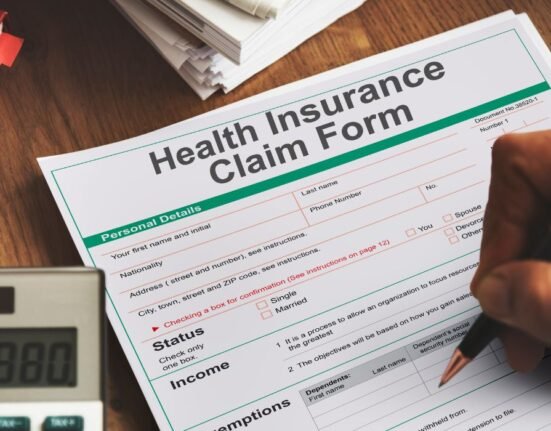Health insurance policies come loaded with features that benefit the policyholders. One such feature is cashless claims. The best cashless health insurance policy will feature cashless claims benefits front and centre. This is because insurers know that hospitalisations are taxing on the policyholder both emotionally and financially. By using cashless claims, policyholders can focus on their health rather than figuring out ways to fund their treatment. Here’s how to use cashless claims to ensure a stress-free treatment.
What are cashless claims?
Before you purchase a health insurance plan, one of the factors that needs to be well researched is the network of hospitals under the insurers you are interested in. This is directly tied to the cashless claims feature that every health insurer offers its policyholders. The cashless claims feature allows you to get treatment at a network hospital without having to pay cash up front. The majority of your hospitalisation expenses will be settled by the insurer directly with the hospital, leaving you with a small amount to pay out of pocket.
This reduces the financial burden on the policyholders and allows them to focus on the treatment and recovery without stress. Insurers also cover treatments at hospitals out of their network. Here, the policyholder will have to pay the charges upfront, and the insurer will reimburse these costs post-hospitalisation. This is a cumbersome process and leads to out-of-pocket expenses, which can drain your finances.
How to use cashless claims
1. Choosing the right hospital
The first step of your cashless claims process begins with you choosing the right hospital for your treatment. You must always pick a hospital that is empanelled with your insurer. You can usually access the list of network hospitals by visiting your insurer’s website and app.
2. Pre-authorisation
Pre-authorisation is a requisite when it comes to cashless treatments. Here you will have to submit relevant documents such as a copy of your health insurance card, doctor’s consultation notes and diagnostic reports stating the need for the treatment. Once the insurer verifies your documents and gives the go-ahead, the hospital will proceed with your treatment. In case of a planned hospitalisation, you will need to inform the insurer or the third-party administrator (TPA) 48 to 72 hours before admission to kick off the process. In case of an emergency, you will have to do the same within 24 hours and submit all the relevant documents as soon as possible for pre-authorisation.
3. Post-treatment
Pre-authorisation does not guarantee the success of your claim. The final bill will be sent to the insurer by the hospital. Only when the insurer settles the bill with the hospital will you be in the clear. The entire bill amount will not be settled by the insurer. You will have to bear the cost of consumables used during the treatment. You will also be asked to pay if your treatment costs have exceeded your sum insured or when you have crossed the sub-limits applied to your room rent charges. These sub-limits can also apply to certain diseases, so keep this in mind if you want to avoid hefty out-of-pocket expenses.
When do cashless claims get rejected?
There are certain scenarios when cashless claims can get rejected by the insurer. In case your cashless claim does not go through, you will have to pay the entire bill amount out of pocket and then try applying for reimbursement. Here are a few instances where your claims can be rejected.
1. Excluded treatments
Health insurance providers have a set of treatments that are excluded from coverage. If you opt for such treatments and file a claim for the same, it will be automatically rejected by the insurer. It is important to know these exclusions so ensure that you read your insurance policy carefully.
2. Network hospital
If your cashless claim is applied for a non-network hospital, the insurer will reject the claim. You will have to go through the reimbursement route for a non-network hospital.
3. Waiting period
Waiting periods are put in place for certain conditions, pre-existing diseases, and benefits. If your treatment is within the waiting period, your claim will be rejected. Choose a policy that has a short waiting period.
4. Inaccurate details
When you are filling out the pre-authorisation form, ensure that you provide all the relevant details accurately. Inaccuracy will lead to rejection. Lack of documentation can also result in rejection. So, provide all the relevant documents, such as the medical bills, discharge summary, diagnostic reports, and consultation notes.
Conclusion
Cashless claims are one of the key selling points when it comes to health insurance policies. They ease the financial burden of hospitalisation on the policyholder, which removes much of the stress from their shoulders. It is important that the policyholders also do their due diligence and ensure that they make use of this feature the right way to avoid adding stress to what might already be a very challenging situation.












Leave feedback about this